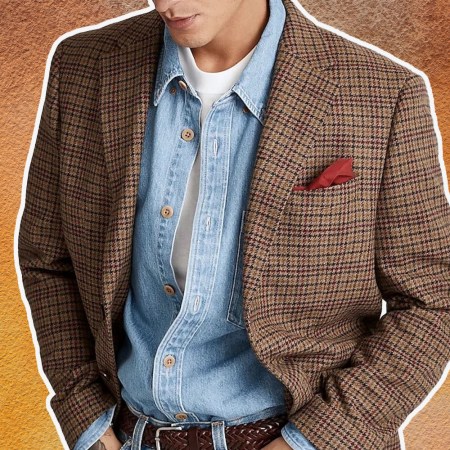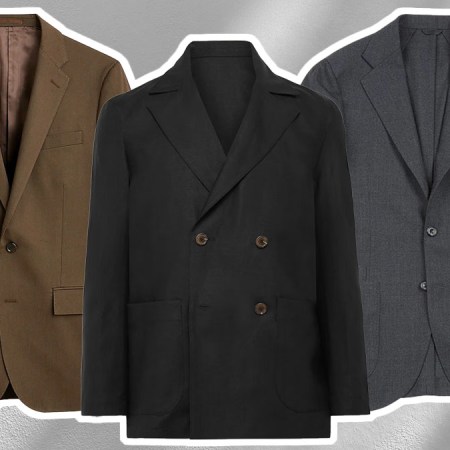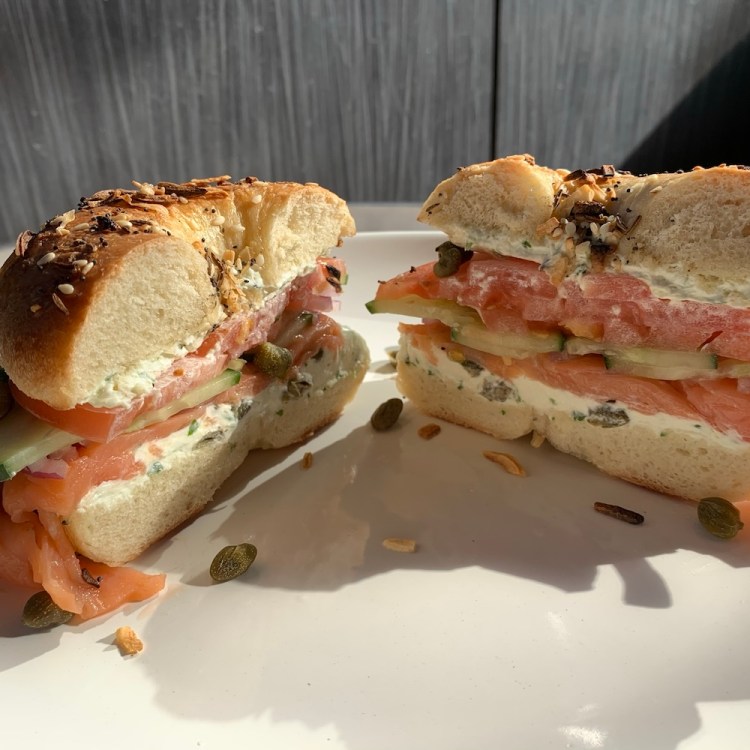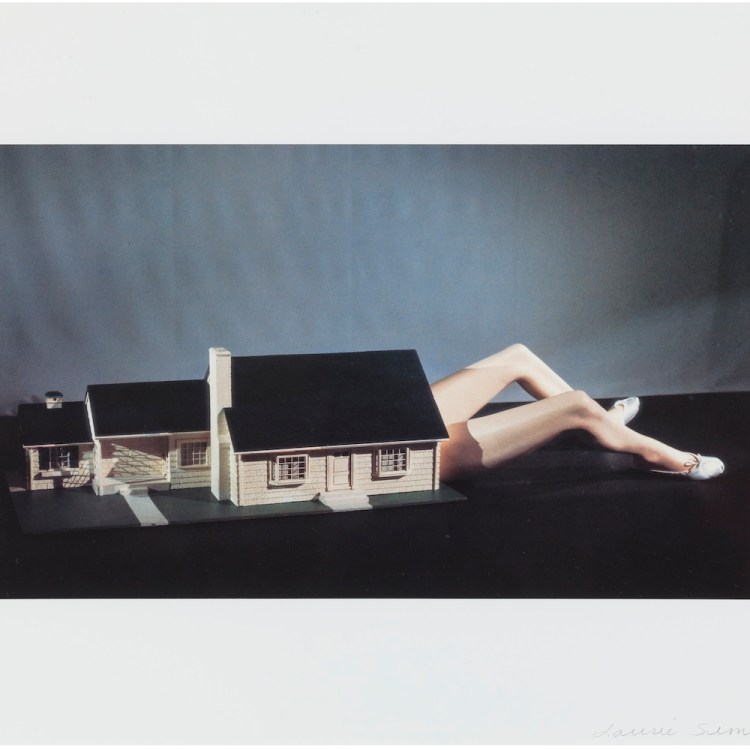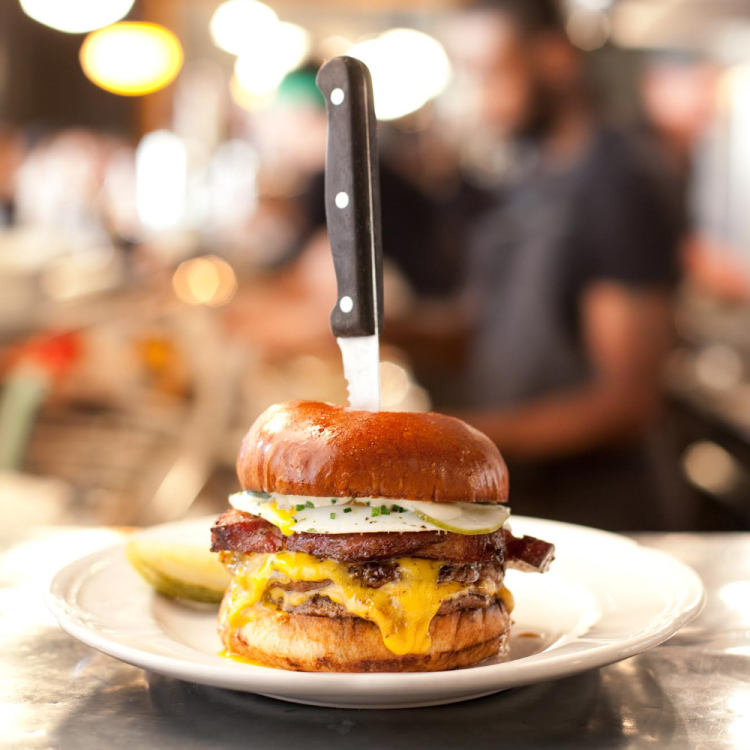Buying a made-to-measure suit is a rite of passage.
But before a man walks the walk, he must talk the talk.
Because here’s what no one tells you: made-to-measure getups come with their own language. And there’s no better place to practice it than Indochino’s brand new Chicago brick-and-mortar, now taking appointments.
If this is the first time hearing about Indochino — where ya been, man? They make affordable suits. They also make affordable shirts. They were one of the first online markets to say great-fitting suits can be and should be accessible to all, and that was back in 2007.
Ten years and over 15 flagship locations across North America later, they’ve finally made their way to Chicago, with a storefront at The Shops at North Bridge off Michigan Ave.
You know how this goes. The whole process takes 30 minutes: swing by for a one-on-one consultation and they’ll take your measurements, then walk you through your cut and fabric options. No detail is too small.
Which brings us back to how to talk that talk.
Seldom is a great suit the work of a single man. It’s the product of a conversation, and if you don’t know what you want ahead of time, you’re gonna make a decision you regret.
With that in mind, here’s a brief but informative glossary to suit-buying, stocked with 15 terms you need to know before the tape measure comes out.
1. BESPOKE
An important distinction: bespoke v. made-to-measure. Bespoke means absolute, 100% customization. Unlike made-to-measure (in which an existing pattern is cut to fit the wearer), true bespoke means a completely new suit pattern for you and you only.
2. BREAK
The break is the crease that forms at the bottom of the pant when it hits the shoe, and varies depending on the length of the trouser. For a casual look, opt for no break. A quarter break pairs best with slim-fitting pants. Half and full breaks are the most traditional (read: bankers and lawyers).
3. BUTTONHOLE STITCHING
In short: it would be a mistake to ignore the color of your buttonhole stitching. It’s a small detail with a big impact. A pop of color against the neutral material of your suit is a thoughtful, subtle touch.
4. CANVAS
Think of it as the backbone of your suit jacket. It’s the layer between the suit’s outer fabric and the inner lining that encourages proper draping. Full-canvas adds more structure and is also more expensive. Half-canvas lends to a jauntier, more summer-friendly feel, and is less expensive.
5. FLAT FRONT VS. PLEATED
Flat-fronts are your most commen pant style — this style creates a smooth and slim silhouette. Pleats are pressed or stitched in place to create more room in the legs of the pants. Well-draped pleats make your legs look longer and can be flattering for some guys.
6. HEM
Refers to how your pants are finished in the leg opening. A plain hem provides a clean, long line through the leg and works for men of all builds. The cuff hem is having a moment, and adds weight to the bottom of your pants.
7. JACKET POCKETS
Flap pockets are most common on suit jackets. Jetted pockets have a sleeker aesthetic and are ideal for formal wear. Slanted pockets, with or without flaps, are often seen in smart casual and weekend looks.
8. JACKET VENTS
These are openings at the back of your suit jacket that give you room for movement. One- and two-vent options are interchangeable — choose according to your individual preferences. No-vent jackets are reserved for tuxedos.
9. LAPEL
The flaps below the collar of your jacket are your lapels. Each lapel makes a unique statement: Notch lapels are the most versatile, while peak lapels add a touch of flair to your outfit. Slim lapels are modern and young, and are noticeably slimmer than the previous options.
10. LINING
Have some fun with your jacket’s lining by picking from dozens of colors or patterns. It doesn’t have to match your personality, per se. Those who notice details will respect ya either way.
11. MADE-TO-MEASURE
With this method, a pre-existing suit pattern is tailored to your exact measurements and you can pick everything from your lapels, pockets, lining to your monogram to fit your personal style. Compare with Bespoke.
12. MONOGRAM
Lay even more claim to your made-to-measure suit by monogramming the inside of your jacket. You can go the conventional route and ask for your name or initials to be stitched in, or get a little cheeky by choosing your favorite movie quote or an inside joke.
13. RISE
The rise is the length from the crotch to the waistband of your pants. Picking a rise is once again a matter of comfort and preference; you can pick from a mid, low or high rise. Ask your tailor which option works best for your build.
14. SUPER NUMBER
Just like how diamonds are ranked on cut and clarity, the S-number attached to wool apparel reflects the fineness of fibers used in the construction of an item. The higher the super number is, the softer the feel tends to be. So for suits that you wear on the daily, stick with the lower, more durable Super 120-150s. For those black-tie events and extra special occasions, whip out your higher super threads.
15. TAPER
You’ll most likely use this term a lot. It means you’d like the fabric to narrow, not widen.
This article was featured in the InsideHook Chicago newsletter. Sign up now for more from the Windy City.

